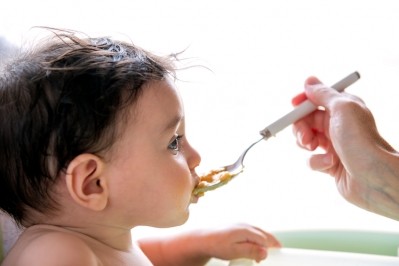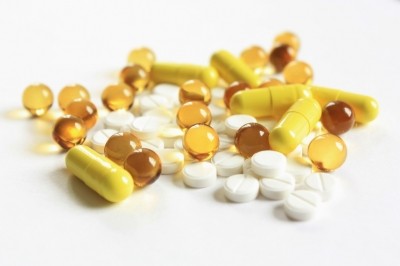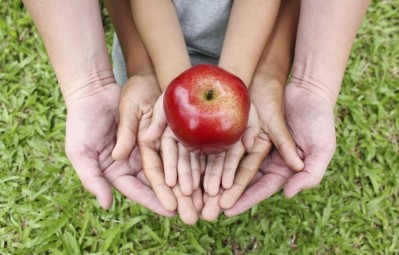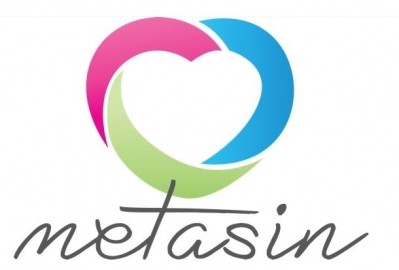Researchers hail promise of gut microbe-boosting food for malnourished children
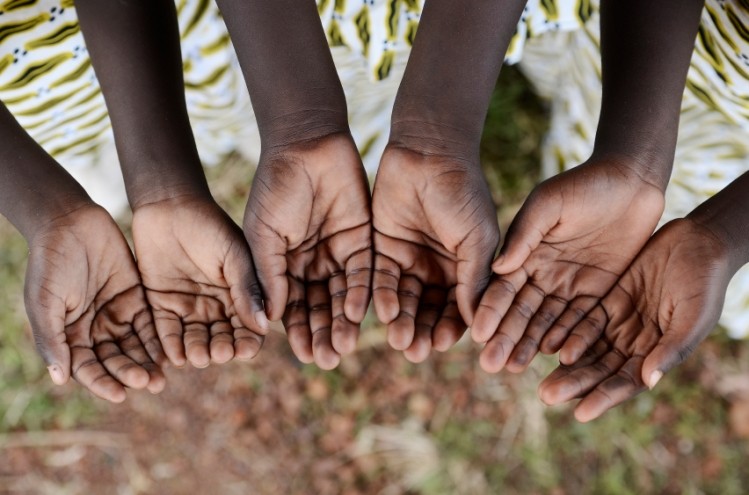
The approach by the Washington University team uses ingredients present in affordable, culturally acceptable foods to selectively boost key growth-promoting gut microbes such as Bifidobacterium longum subsp. infantis and Bifidobacterium breve.
The food prototype, which also contributes to gains in linear growth, bone development, neurodevelopment, and immune function, now provides a platform for further investigation looking into how repair of gut microbiota immaturity affects various facets of child growth.
"There is uncertainty about what foods are best to administer during the period of complementary feeding - when children transition from exclusive milk feeding to solid foods," said senior study author Dr Jeffrey Gordon, director of the Edison Family Center for Genome Sciences & Systems Biology at the University’s School of Medicine.
Culturally acceptable foods
"Our studies were inspired by the notion that these commonly used, affordable, culturally acceptable complementary foods could contain ingredients coveted by key microbes that are underrepresented and underperforming in the gut microbiomes of malnourished children. These microbes were our therapeutic targets."
The work looked to answer the question of how to design optimal foods that steer a microbiota into an age-appropriate and healthy state.
One major influence is breastfeeding, known to play a major role in reducing childhood malnutrition.
As such, the World Health Organization (WHO) and the United Nations Children’s Fund (UNICEF) recommend exclusive breastfeeding for the first 6 months of postnatal life and continued breastfeeding after the introduction of complementary foods up to 24 months of age.
Current complementary feeding recommendations are not based on knowledge of how foods affect the developmental biology of the gut microbiota during the weaning process.
Together, the team looked to see if ingredient combinations selectively increase beneficial bacteria numbers deficient in severe acute malnutrition (SAM) or moderate acute malnutrition (MAM)-associated microbiota.
Study design
The clinical trial enrolled 63 Bangladeshi children, 12-18 months of age, diagnosed with moderate acute malnutrition. They were randomly assigned to one of four treatment groups.
Children in three of the groups received one of three newly designed therapeutic foods, while those in the fourth group received a standard therapeutic food not designed for its gut microbiome effects. The locally produced foods were given to the children twice daily,
The research team noted that one of the foods produced a pronounced shift toward a healthy state compared with what was observed in the other three groups of children.
At the end of the study, the researchers found children receiving this lead therapeutic food had undergone a reconfiguration and more closely resembled microbial communities found in age-matched healthy children living in the same locale.
This formulation contained a mixture of nutrients from chickpea, soy, bananas and peanuts.
‘Characterise, not describe’
"The goal of human microbiome research is not simply to describe the component parts of a microbial community but rather to characterise how the components interact with one another to shape community functions," Dr Gordon said.
"Complicating matters, the number of possible interactions between the components in a gut community is literally astronomical."
Michael Barratt, an assistant professor of pathology and immunology at Washington University said, “It is possible that some children may have gut microbial communities so damaged that a food-based intervention alone won't be sufficient.
“So our team is interested in studying the possibility of giving the specific beneficial organisms -- or even the beneficial products those microbes make, as we become more knowledgeable about what those are -- in combination with a Microbiome-Directed Complementary Food. That could be a second line of defence.”
Dr Gordon added their efforts to repair microbial communities of malnourished children hold insights into feeding children in the first years of life to develop healthy microbiomes.
"We need to be effective stewards of the precious microbial resources of our children," he said. "If we are, the effects may be long-lived and herald a new dimension to preventive medicine -- one that starts with their developing microbiomes."
Source: Science
Published online: DOI: 10.1126/science.aau4732
“Effects of microbiota-directed foods in gnotobiotic animals and undernourished children.”
Authors: Jeanette Gehrig et al.
